Regulatory Support and Standards
Regulatory frameworks and standards aimed at improving air quality are influencing the Air Purification Market positively. Governments and environmental agencies are increasingly implementing regulations that mandate the reduction of indoor air pollutants. This regulatory support encourages manufacturers to innovate and produce more effective air purification systems. For instance, standards set by various health organizations regarding acceptable levels of indoor air quality are prompting consumers to invest in air purifiers that meet these criteria. As a result, the Air Purification Market is likely to benefit from heightened consumer confidence and increased sales, with projections indicating a market growth of approximately 8% annually as compliance with these regulations becomes more widespread.
Health Awareness and Respiratory Issues
The increasing awareness of health issues related to air quality is a primary driver for the Air Purification Market. As individuals become more cognizant of the adverse effects of pollutants, allergens, and particulate matter on respiratory health, the demand for air purifiers rises. Reports indicate that respiratory diseases, such as asthma and chronic obstructive pulmonary disease, are on the rise, prompting consumers to seek solutions that enhance indoor air quality. This trend is particularly pronounced in urban areas, where pollution levels are often higher. Consequently, the Air Purification Market is experiencing a surge in demand as consumers prioritize their health and well-being, leading to a projected growth rate of approximately 10% annually in the coming years.
Consumer Preference for Eco-Friendly Products
The growing consumer preference for eco-friendly and sustainable products is significantly impacting the Air Purification Market. As environmental awareness rises, consumers are increasingly seeking air purifiers that utilize sustainable materials and energy-efficient technologies. This shift towards eco-conscious purchasing behavior is prompting manufacturers to develop products that align with these values, such as air purifiers that use natural filtration methods or are made from recyclable materials. The market is responding to this trend by introducing a range of eco-friendly options, which not only appeal to environmentally conscious consumers but also enhance brand loyalty. As a result, the Air Purification Market is projected to grow by approximately 9% annually, driven by the demand for sustainable air purification solutions.
Technological Advancements in Air Purification
Technological innovations play a crucial role in shaping the Air Purification Market. The advent of advanced filtration technologies, such as HEPA filters and activated carbon systems, has significantly improved the efficiency of air purifiers. Moreover, the integration of smart technologies, including IoT connectivity and app-based controls, enhances user experience and convenience. These advancements not only attract tech-savvy consumers but also cater to a broader audience seeking effective air purification solutions. The market is witnessing a shift towards more efficient and user-friendly products, which is likely to drive sales and expand the consumer base. As a result, the Air Purification Market is expected to see a compound annual growth rate of around 12% over the next five years.
Rising Urbanization and Indoor Air Quality Concerns
Urbanization continues to rise, leading to increased concerns regarding indoor air quality, which serves as a significant driver for the Air Purification Market. As more people migrate to urban centers, the density of pollutants and allergens in indoor environments tends to increase. This urban lifestyle often results in inadequate ventilation and higher exposure to indoor contaminants, prompting consumers to seek effective air purification solutions. The demand for air purifiers is particularly strong in densely populated areas, where air quality issues are more pronounced. Consequently, the Air Purification Market is expected to experience robust growth, with estimates suggesting an increase in market size by over 15% in the next few years as urban dwellers prioritize clean air.


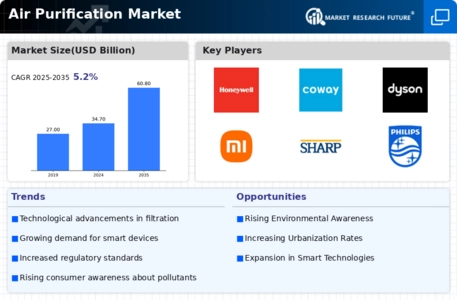
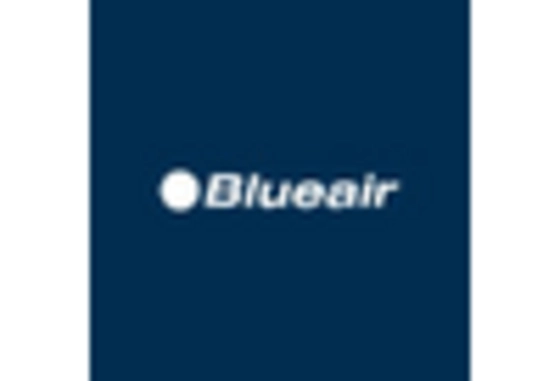

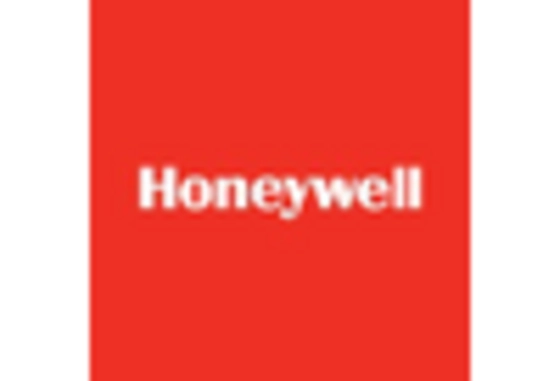
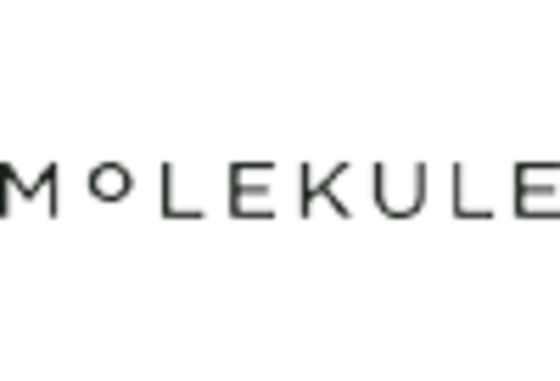

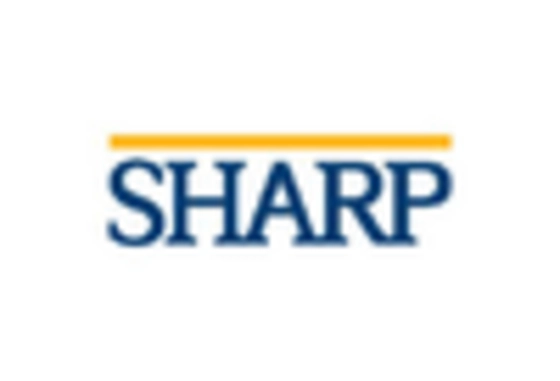








Leave a Comment